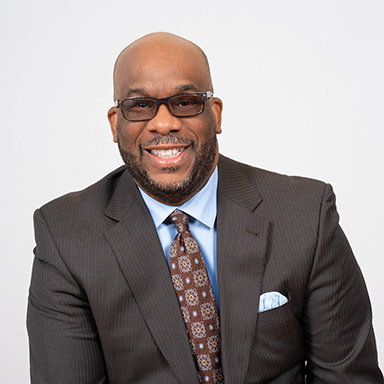Buying a home is a big deal, particularly if it’s your first time in the market. Homeownership is a great way to start building generational wealth and help set your family up for success in the future.
Of course, there is a significant challenge many new buyers face: the cost. U.S. home prices have climbed to record levels1 in recent years, and this puts a strain on someone looking to enter the market, especially those from low- to moderate-income backgrounds.
Minnesota home prices have also climbed fairly steadily in the past decade. That makes new funding available in 2024 for first-generation buyers a welcome sight. However, with many people expected to be interested in these funds, it’s important that you know the requirements and prepare in advance to make sure your application goes smoothly. Let’s take a closer look at what’s new and what you need to know.
New programs offer forgivable loans
The First-Generation Homebuyers Community Down Payment Assistance Fund2 is launching in Minnesota in spring of 2024. Administered by the Midwest Minnesota Community Development Corporation, the program will make forgivable, zero-interest loans of up to $32,000 available to first-generation homebuyers. To qualify as a first-generation homebuyer, you and your parents or legal guardians must have never owned a home, or owned a home at one point and lost it due to foreclosure. The total income for all buyers listed on the mortgage must also be at or below $124,200 for those currently living in the 11-county Twin Cities metro. Income limits are slightly lower outside of the Twin Cities.
In addition, applicants must be pre-qualified for a mortgage loan before applying for the fund and are expected to complete a homebuyer education course before executing a purchase agreement on a new home.
Also launching in spring of 2024 is the First-Generation Homebuyer Loan Program3 from the Minnesota Housing Finance Agency. The program has similar guidelines and will offer forgivable loans of up to $35,000.
How to get ready
If you believe you qualify for funding and are interested in applying, it’s important to prepare in advance. The required homebuyer education course must have been completed within the past 12 months, so if you need to take one, you’ll want to begin making those plans now. A mortgage lender who has experience regularly working with government and nonprofit agencies can point you toward a professional homeownership advisor.
There are a few other things to keep in mind with these new programs. First, they can’t be used together, but they can be paired with additional options4 that exist to support first-time buyers. Your homeownership advisor and mortgage lender can help you put together a plan that maximizes the available funding.
Second, the forgivable loans work a little differently in each program. With the First-Generation Homebuyers Community Down Payment Assistance Fund, loans are forgiven after five years if you stay in the home. The First-Generation Homebuyer Loan Program forgives half the loan after 10 years if you stay in the home, with the other half forgiven after 20 years.
It’s important to understand what this level of commitment means. If you don’t remain in your new residence, you will be on the hook to pay back the loan. This makes it critical to find a place that you like and can comfortably afford. Avoid the trap of finding a more expensive home simply because you might receive outside funding. Your homeownership advisor and your lender can help you identify all the costs that go into owning a home and determine what your budget looks like. From there, make sure to work with a real estate agent that understands your financial picture and shows you houses in your range.
Making an impact
Programs like the two new ones in Minnesota are critical because expanding homeownership can have a profoundly positive impact on a community. In the Twin Cities, for example, targeting assistance toward first-generation buyers can help decrease the significant homeownership gap between Black and white households5 by putting homeownership within reach for a larger pool of people. When more people own homes, communities are able to build more wealth, which in turn can trigger economic development.
If you have questions about the new Minnesota programs or other homebuyer assistance programs, reach out to a trusted Bremer mortgage partner today.

